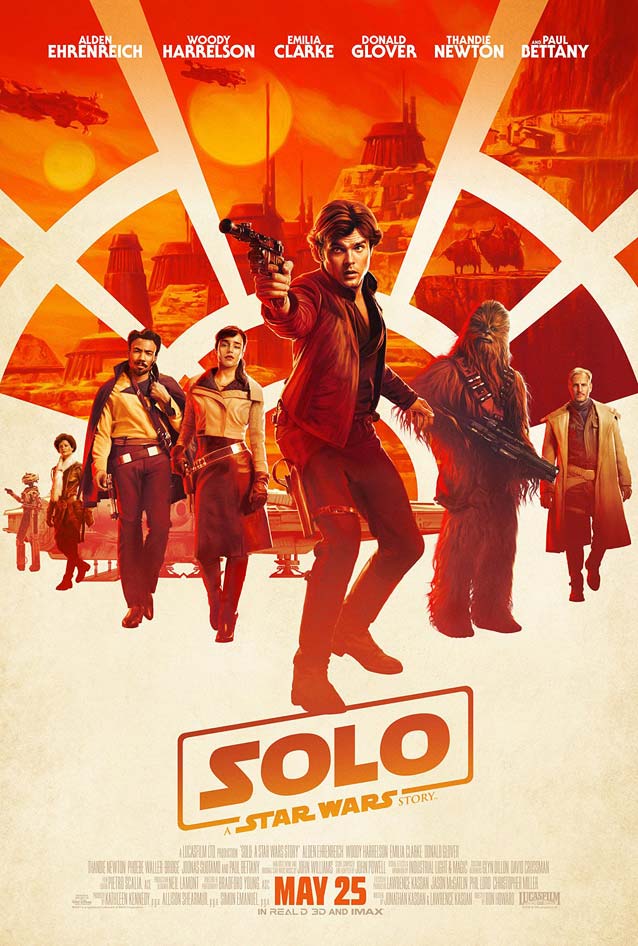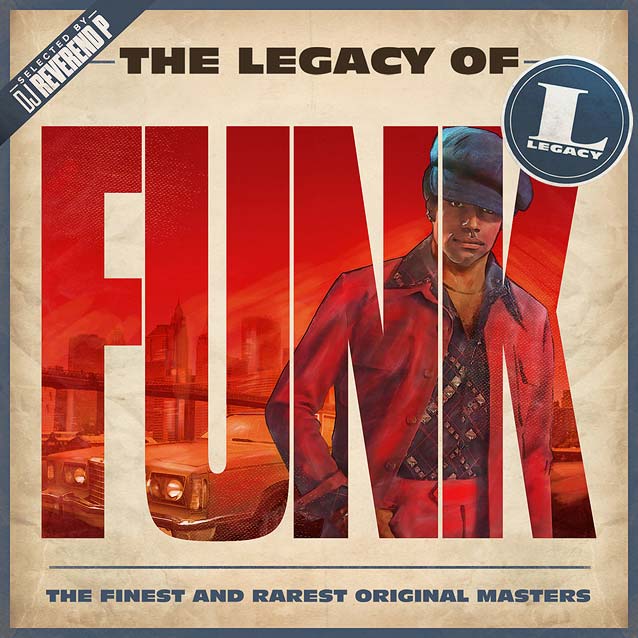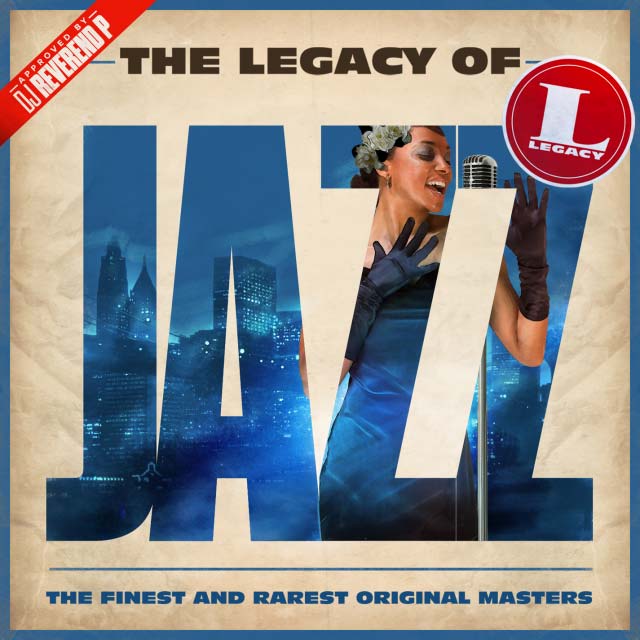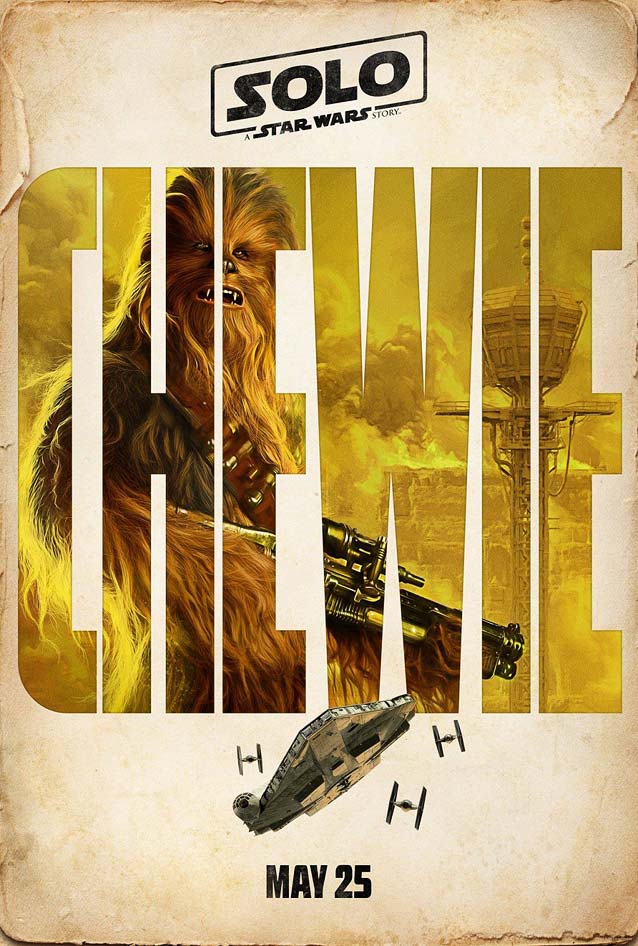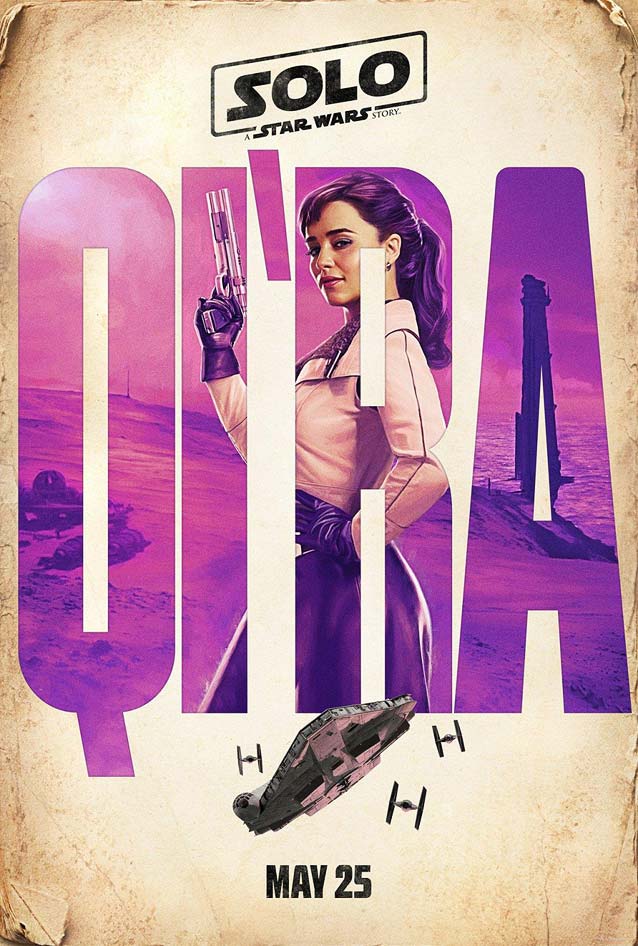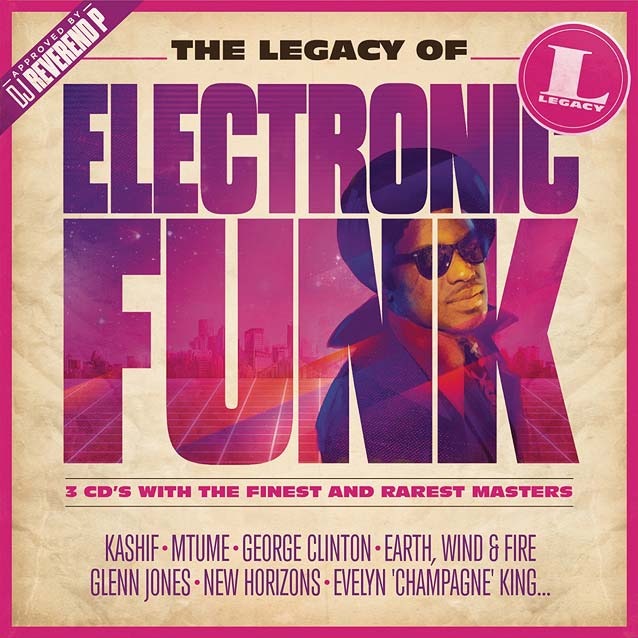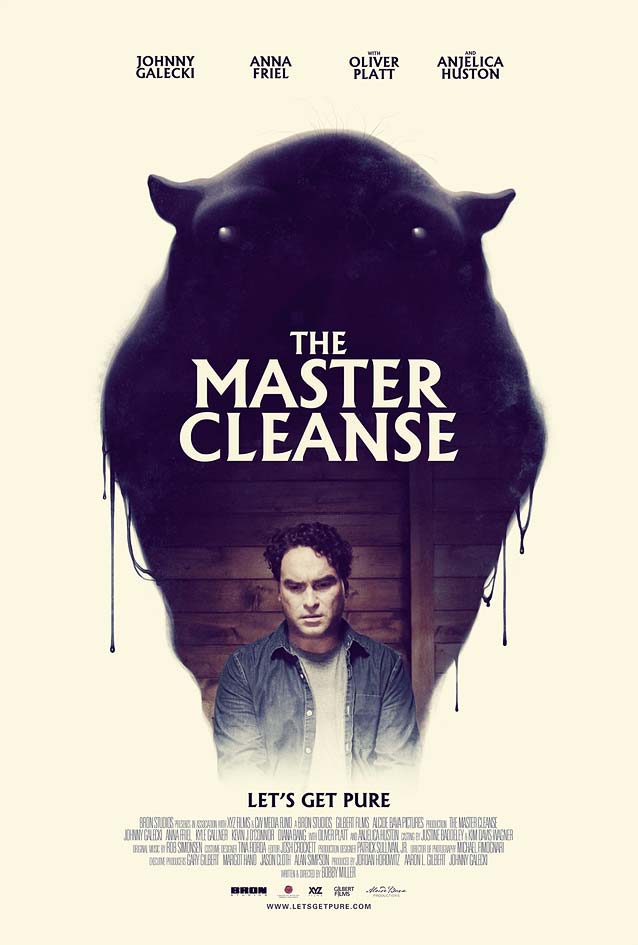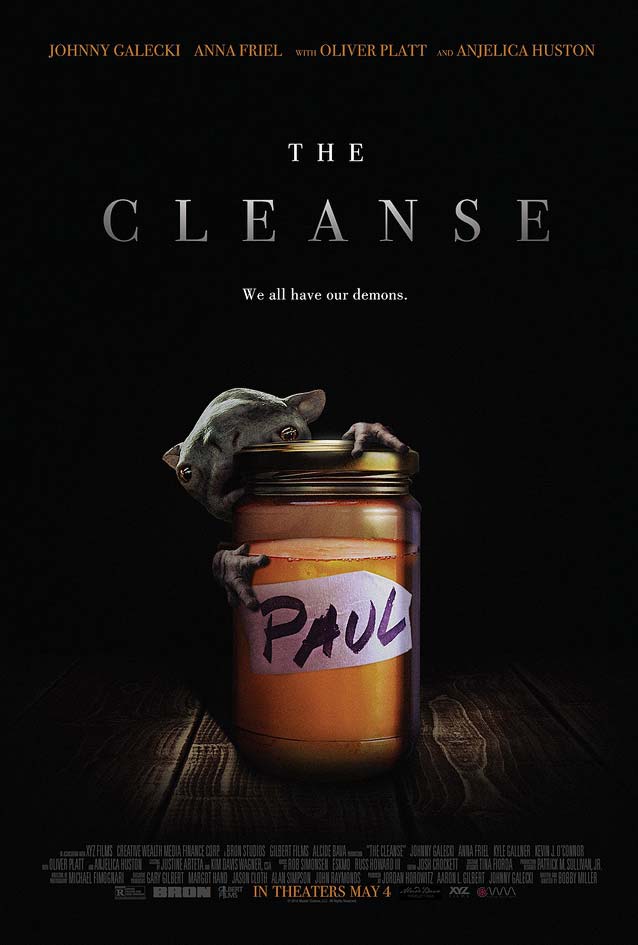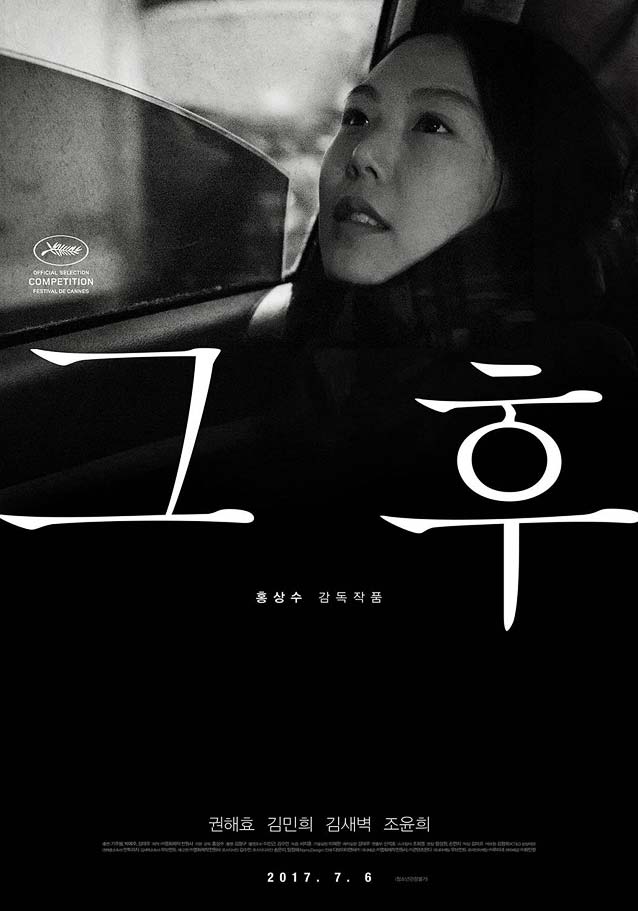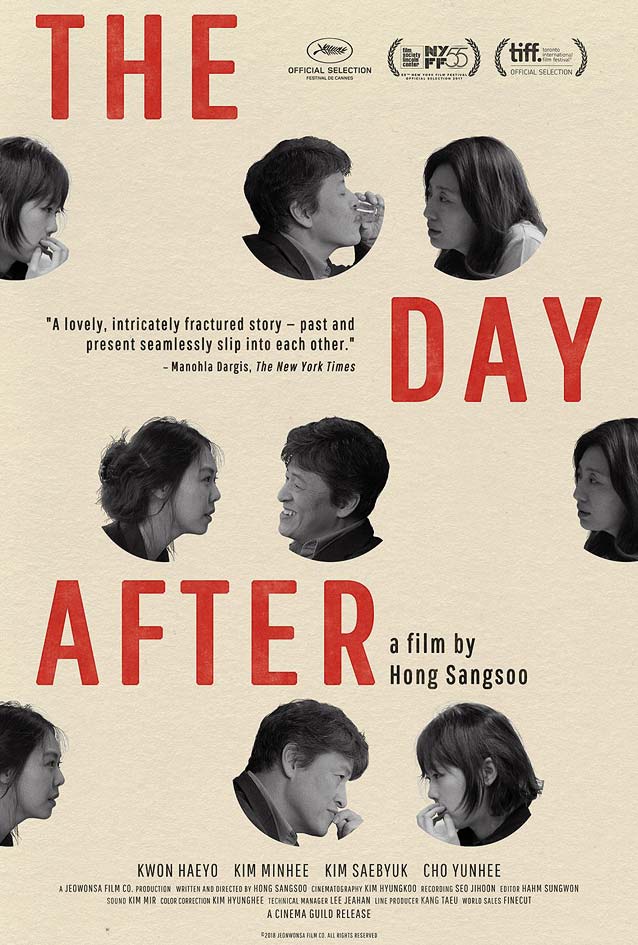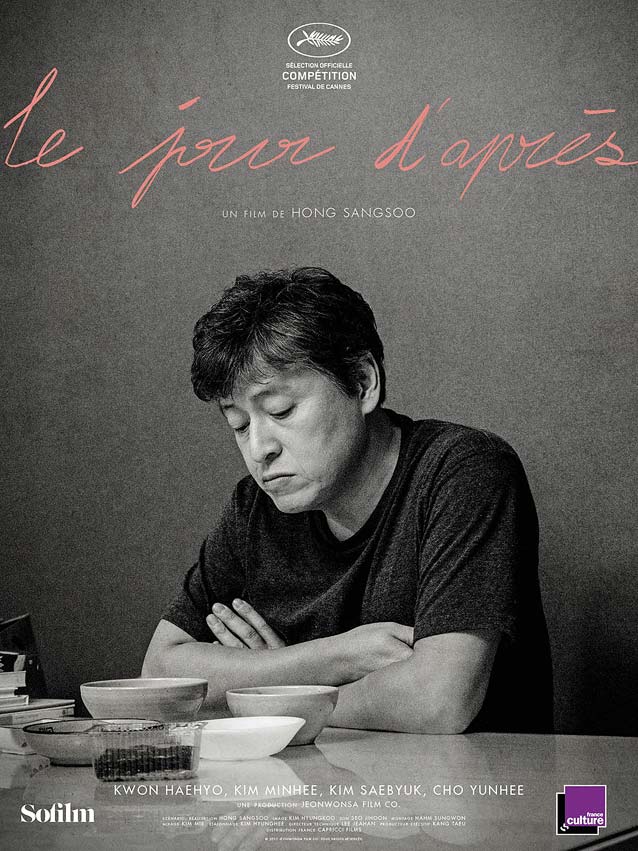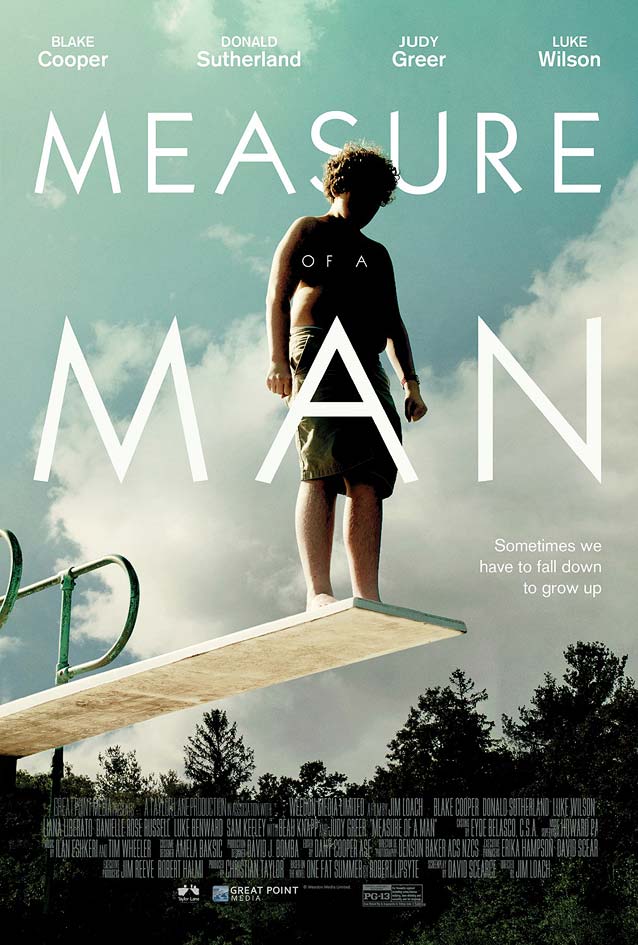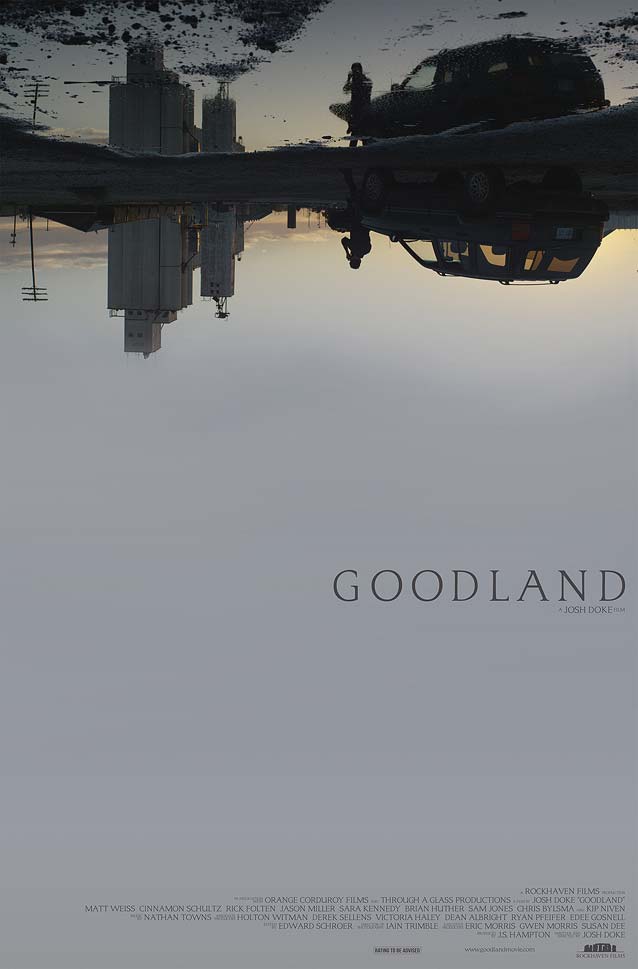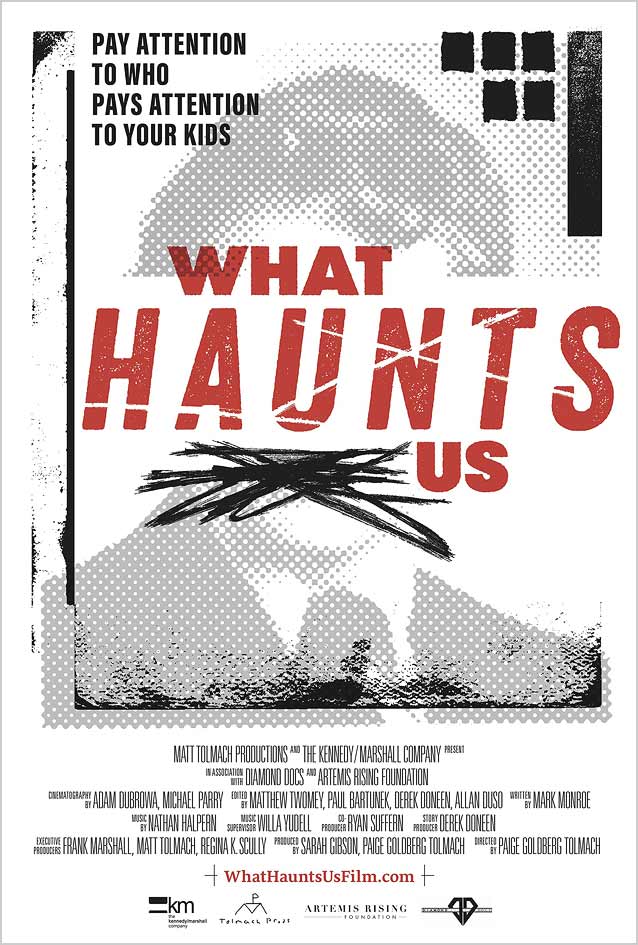Solo: A Star Wars Story
© 2018 Walt Disney Studios Motion Pictures. Key art by BLT Communications, LLC.
On the heels of Rogue One ,Solo: A Star Wars Story ,The Force Awakens The Last Jedi ,BLT Communications, LLC ’s main theatrical one-sheet deploys the supporting typeface ITC Serif Gothic as a visual link to the posters for the first movie . But there’s more: it also taps into fan-base nostalgia by using the iconic geometry of the Millennium Falcon’s front windows as a graphic framing device.
The robust superelliptic structure of the O s in the movie logo immediately made me think of Antenna Black Italic ’s confident stance.
© 2018 Walt Disney Studios Motion Pictures. Key art by BLT Communications, LLC.
© 2015 Legacy/Sony Music. Album artwork by Hachim Bahous.
© 2018 Walt Disney Studios Motion Pictures. Key art by BLT Communications, LLC.
© 2015 Legacy/Sony Music. Album artwork by Hachim Bahous.
© 2018 Walt Disney Studios Motion Pictures. Key art by BLT Communications, LLC.
© 2015 Legacy/Sony Music. Album artwork by Hachim Bahous.
© 2018 Walt Disney Studios Motion Pictures. Key art by BLT Communications, LLC.
© 2015 Legacy/Sony Music. Album artwork by Hachim Bahous.
Four character sheets from the promotional campaign rocked the internet when French graphic designer Hachim Bahous pointed out (in a since-deleted Facebook post) the obvious similarities with album art he created for a 2015 Sony Music Legacy series. Disney replied : “The posters were created by an outside vendor and it’s something we are currently looking into.” To the best of my knowledge, this has been Disney’s only public statement; I wonder if we’ll ever learn how the situation panned out.
On a purely formal level, both series skillfully frame character shots within the letterforms of a compact sans serif. Bahous chose a display sans with closed apertures, set as tightly tracked capitals, to create as much surface as possible to house the images. This typographic style was popular in the late seventies and early eighties when the songs included in the compilations were released. The rounder Titling Gothic Skyline and more angular Armada Black Compressed , which offer a maximum amount of “blackness,” would make perfect alternatives here. The character posters for Solo use a straight-sided design with open apertures, similar to Tasse .
The Cleanse
© 2016 Vertical Entertainment. Key art by Phantom City Creative.
In The Cleanse ,Phantom City Creative ’s theatrical one-sheet suggests there is more to this “cleanse” than meets the eye. While Albertus lends the artwork a subtle retro air, the gorgeous soft-focus art on a delicate cream background leaves no doubt this is a contemporary design.
Together with Perpetua Titling, Albertus was one of the main precursors to Trajan on movie posters. Richard Lipton made his own version of the capitals found on the Trajan column’s base with a full lowercase complement named Canto , available in four finishes: Regular, Pen, Brush, and Brush Open.
© 2016 Vertical Entertainment. Key art by Kustom Creative.
Compared to Phantom City Creative’s stylish artwork, Kustom Creative ’s more commercial take looks very eighties, and less appealing. The absence of the word “Master” in the final title makes me suspect this key art was produced later, possibly with interference from the studio. In the former poster, the demonic presence is undefined, leaving it up to the viewer to imagine what exactly it could be, thus making it more threatening. By explicitly showing it in the latter, the dread dissipates, and the creature becomes a comical little dude.
The neobaroque serif face is the largest optical size in the ITC Bodoni series. Matthew Carter drew his own expert rendition of Giambattista Bodoni ’s types with Stilson Headline ; CSTM Fonts offers the adventurous Kazimir as a contemporary interpretation of that epoch’s faces. Both series come in various optical sizes, too.
Jia nian hua (Angels Wear White)
© 2017 KimStim Films.
I seem to come across an increasing number of excellent Asian film posters these days. Jia nian hua (Angels Wear White)
© 2017 KimStim Films.
The other poster focuses on Mia, the teenage witness who stays quiet for fear of losing her job, and twelve-year-old Wen, one of the victims. The emotion in their eyes hints at what transpired. Borrowing the color scheme from the previous poster, their portraits are trapped inside the rough outlines of two handprints, a symbol of the perpetrator’s aggression and a metaphor for how the assault impacted their lives.
Geu-hu (The Day After)
© 2018 Cinema Guild.
Like the last episode , this one gives us an opportunity to study how the key art of an Asian film changes for different markets. Geu-hu (The Day After)feel what kind of film it will be.
© 2018 Cinema Guild. Key art by Brian Hung.
Newcomer Brian Hung debuted with three posters for Bamui haebyun-eoseo honja (On the Beach at Night Alone),last December . He approached the official theatrical poster for the American market very much like a book cover. The circles containing the portraits of the main protagonists create a clever pattern. Bongwan’s expression changes; the portraits of the women are duplicated but switch positions to confront him with, from top to bottom, his wife Haejoo, his new assistant Areum, and Changsook, his former mistress.
Consistent with this cerebral art, Hung’s use of a narrow American gothic is common on book covers. While Morris Fuller Benton ’s historical designs like News Gothic or Trade Gothic have gaps in their range, Benton Sans covers the entire gamut—from Thin to Black in eight weights and from Extra Compressed to Wide in five widths, all with matching italics, for a total of eighty styles.
© 2018 Cinema Guild.
The French one-sheet shows Bongwan sitting at the table pondering the loss of his mistress, the damage he’s caused to his marriage, how his new assistant got dragged into all of this, and the general mess he’s made of his life. This may sound like a silly cliché, but the image shot in cinéma vérité style bathes in an existential, philosophical mood that seems quintessentially French. The movie title is hastily scrawled; Underware’s Duos , a script in the same vein with mind-blowing artificial intelligence, would do well here.
Measure of a Man
© 2018 Great Point Media.
In Measure of a Man, a bullied teenager experiences a turning-point summer during which he learns to stand up for himself. The image of him on a diving board, hesitating, right before he literally jumps in at the deep end, deftly visualizes what the film is about. Text and image interact in a compelling way. Set to the same width, the different height of the two main words lends an additional layer of meaning to Measure. And its position behind the teen, while the bigger Man is in front of him, alludes to his growth as a person.
An art-deco flavor similar to Rudolf Koch’s Kabel can be found in Dunbar , inspired by the types of Koch’s contemporary and compatriot Jakob Erbar; Eagle is an American alternative from the same time period. Mostra Nuova is inspired by lettering on early twentieth-century Italian posters. Arboria and Arbotek are Spanish, while the genre-bending Pilar has Russian roots.
Goodland
© 2017 Parade Deck Films. Key art by Ben Burghart.
Goodland Ben Burghart explained that he was inspired by the geography of western Kansas, which has a very unique aesthetic in terms of depth and distance. To capture this “bottomless” feeling, he extended the sky to create an imbalance and sense of unease, adding a sinister twist to the image without the need for guns or gore. Burghart said: “Inverting the image of the reflection in the water makes you question the seemingly innocent act of the character Ergo taking a picture on his car. Many people don’t realize the poster is upside down until they take a second look, which plays into the nature of the noir crime thriller.”
Burghart gravitated toward a serif face because, he said, design in rural Kansas communities tends to be rooted in tradition. Additionally, he wanted to visualize the film’s slow-burn seventies pacing by stripping down the type as much as possible and giving it plenty of room to breathe in the composition. The curved shapes of the G and D symmetrically bookending the title were a nice bonus. Lavigne and Elmhurst have the same inward half-serif on the G , while Kopius and Marcia are steeped in a similar vernacular mood.
First Reformed
© 2017 A24. Key art by P+A.
The three final posters share a common theme: a disfigured portrait. P+A created an absolutely gorgeous theatrical one-sheet for the thriller First Reformed .Village ’s capital R , nothing else really comes close.
In Darkness
© 2018 Vertical Entertainment.
In the main theatrical poster for In Darkness, the scratches over Natalie Dormer’s eyes become increasingly aggressive, bordering on vicious. They serve a narrative purpose: she plays a blind musician who hears a murder committed in the apartment upstairs from hers, which sends her down a dark path into London’s gritty criminal underworld. Her damaged eye becomes the focal point of the poster, anchoring the movie tagline and connecting it to the title at the bottom. It cleverly doubles as the second eye of the red, ghostly face of the character behind her.
The narrow American gothic—see my reference to Benton Sans in my review of Geu-hu (The Day After) above—becomes blurry at the edges, an additional reference to the main character’s visual impairment.
What Haunts Us
© 2018 Tolmach Productions.
The cuts and scribbles in the one-sheet for What Haunts Us Neue Haas Grotesk )—to create a textured typography in tune with the graphic style. Many families on Type Network have an extensive range with lots of widths and weights, some of which have been mentioned in this episode. Maybe it’s time to devote an entire article to these sprawling type systems.

